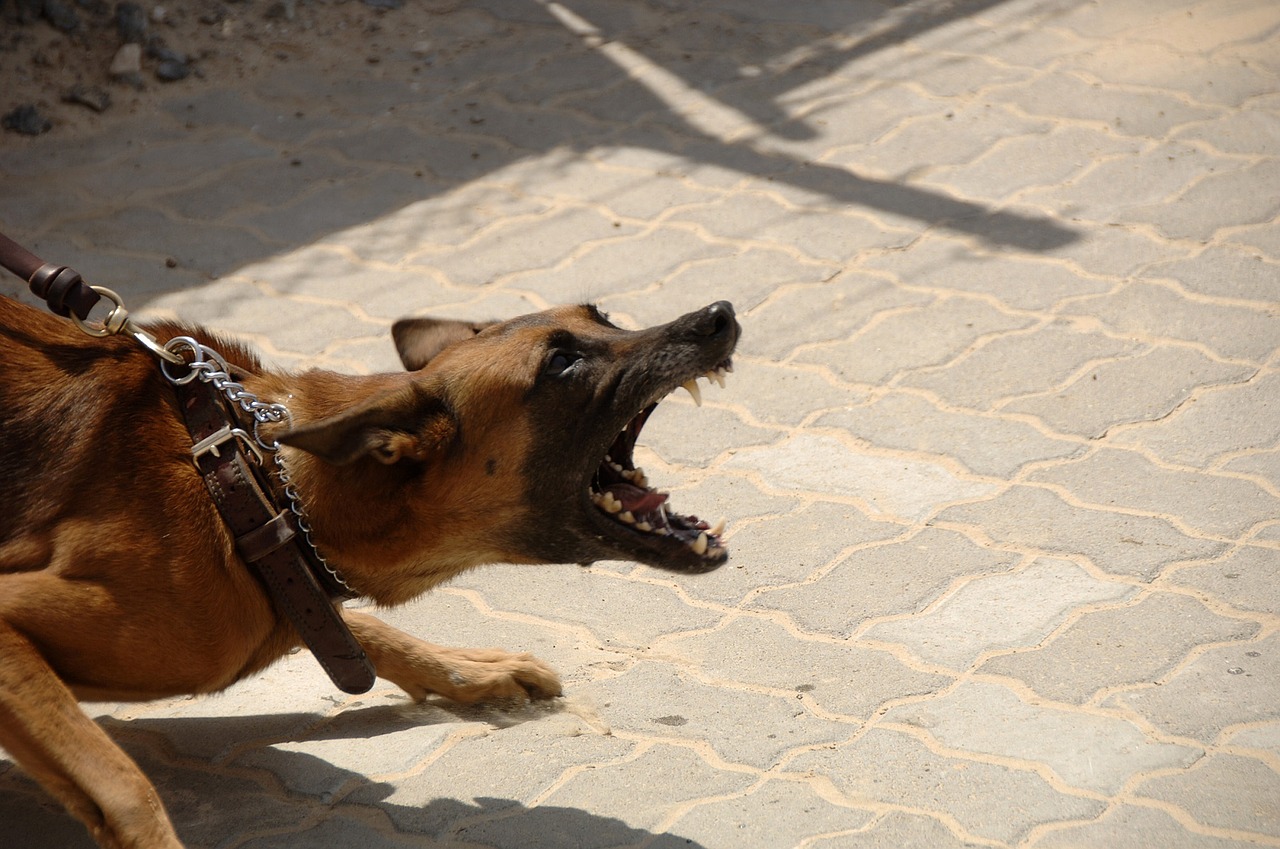Does your dog hate strangers, other dogs, or try to bite the clippers (shifting to you if you try insisting on them)? Inappropriate aggression is a deeply troubling situation for the dog owner. If a dog is likely to lash out when stressed, ordinary life becomes extraordinarily challenging. There are many types of aggression, but here we’re going to look at fear-based or defensive aggression. There are ways to reduce the response to triggers and create a happier life for your dog.
The Connection Between Aggression and Fear
Fear is a very common cause of aggression – indeed, one might say that all aggression is triggered by some form of fear. Your dog is reacting to a perceived threat. Unlike predatory aggression, defensive aggression is all about protecting the dog’s self. Even if a dog rushes out or strains against the end of the leash, it is still based in fear.
Dr. Ian Dunbar, a noted dog behaviorist, once said, “A dog in fear is a dog in pain.” If your dog was suffering from a cut foot, you would clean and bandage it. If it was suffering from fleas, you would give it a bath and flea medication. Fear can be just as painful and debilitating as a physical injury and, like a physical injury, there are treatments that can help your dog heal from its fear. However, also like physical injury, healing doesn’t mean the fear has completely gone away or that your dog will become relaxed and accepting of things it previously feared.
Treating Fear In Dogs
Not all fear can be fixed, but it can be helped. Even reducing your dog’s fear of something can enrich its life. We have some suggestions that may help you help your dog. In order to truly help a dog with a deep-seated fear of something, an animal behaviorist or positive-based dog trainer is your best bet.
Learn Your Dog’s Signals
Before many dogs roar into full-blown reaction, they often give specific signals that something is bothering them. Some subtle signals that people can miss include:
- Lip-licking when not hungry
- Whites of the eyes showing
- Yawning
- Stiff posture
- Hard stare
- Turning partly or fully away from something
Every dog is different and has specific sets of behaviors that it engages in when it sees something it fears. A dog trainer or behaviorist can help you interpret what your dog is saying.

